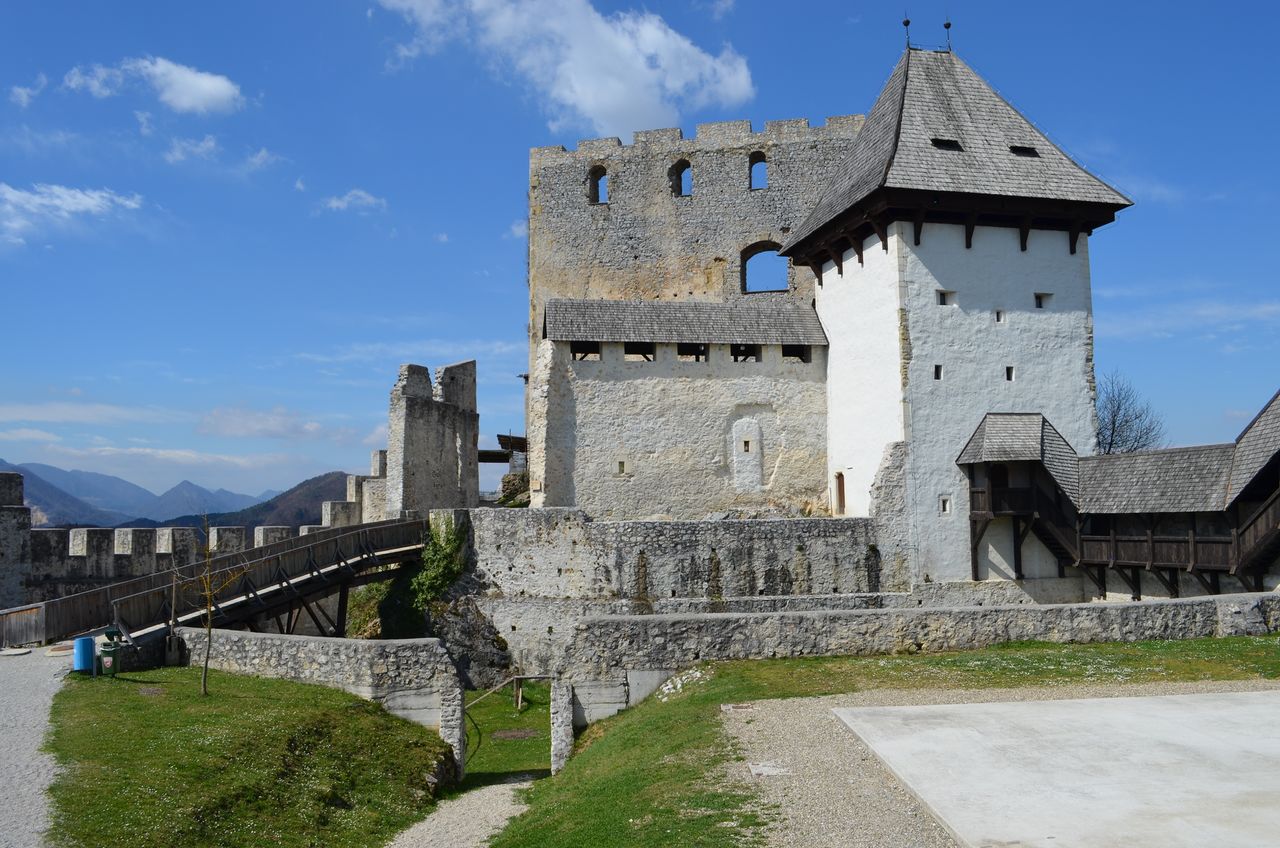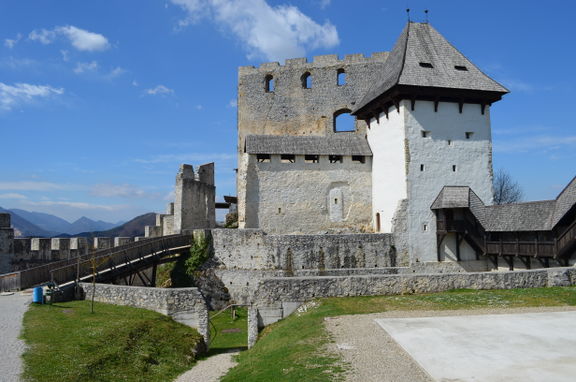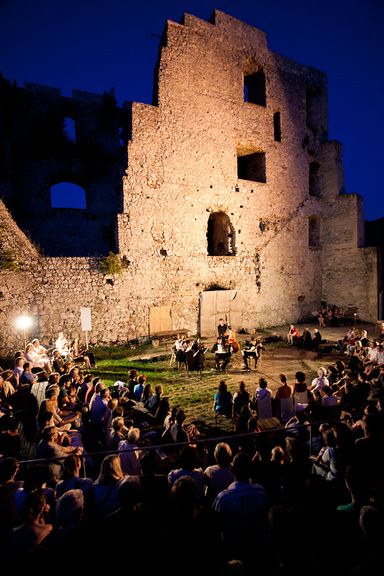Difference between revisions of "Celje Castle"
| Line 29: | Line 29: | ||
{{Teaser| | {{Teaser| | ||
| + | {{Wide image|Celje Castle 2015.JPG}} | ||
| + | |||
Situated on a promontory two miles south east of the town, [[Celje Castle]] was built in the early 13th century by the Vovbržani family. During the early 14th century it was acquired by the Žovnek, later counts of Celje, who started to transform the stronghold into a more comfortable residental building. After the demise of the Celje Counts in 1456 it reverted to the Habsburgs. By the 17th century the castle was in decline, and had lost part of its roof by 1755 when it was purchased by Count Gaisruck for use as a quarry. After 1846 the walls were protected and the restoration of ruins slowly began. The maintenance and repair of the walls of Celje Castle is the oldest continuous action of renovation in Slovenia. | Situated on a promontory two miles south east of the town, [[Celje Castle]] was built in the early 13th century by the Vovbržani family. During the early 14th century it was acquired by the Žovnek, later counts of Celje, who started to transform the stronghold into a more comfortable residental building. After the demise of the Celje Counts in 1456 it reverted to the Habsburgs. By the 17th century the castle was in decline, and had lost part of its roof by 1755 when it was purchased by Count Gaisruck for use as a quarry. After 1846 the walls were protected and the restoration of ruins slowly began. The maintenance and repair of the walls of Celje Castle is the oldest continuous action of renovation in Slovenia. | ||
}} | }} | ||
Revision as of 17:32, 29 August 2018
Architecture
The Castle complex comprises the east palace yard with the high square-profile Frederick's Tower on a rising and the west palace yard with farming and military facilities plus a well. The central residential areas were additionally protected with an inner moat. The oldest part of the building was developed from a residential tower with a walled yard from the first half of the 13th century. From the 13th until the 16th century, the castle buildings spread across the castle hill and so originated one of the most extensive medieval castles in Slovenia.
The castle had triple defence walls and wide defence moats. It was rebuilt, additionally reinforced and repaired at the end of the 16th century. With its renovations and adaptations it was given a summer theatre and viewing terraces. The interior does not exactly reflect its original purpose. The Celje Castle complex is the most important and the largest medieval castle project on Slovene territory, a type of extended Gothic castle with a Romanesque nucleus and a Renaissance-style fortified perimeter.





